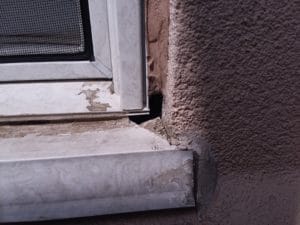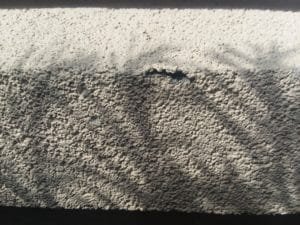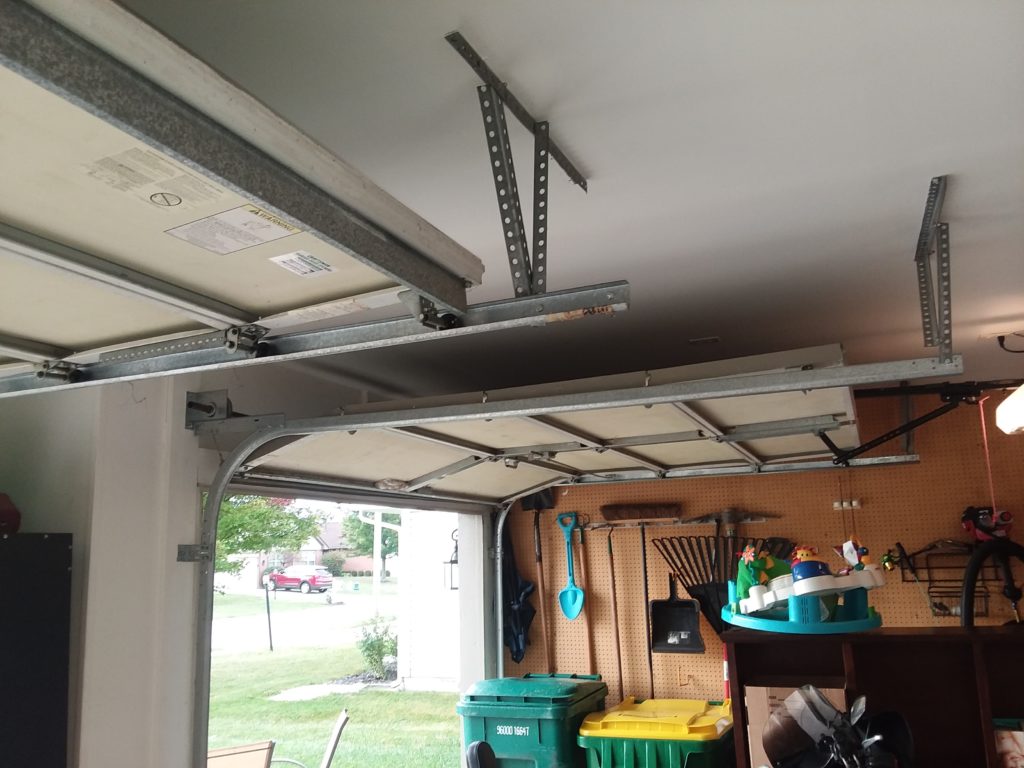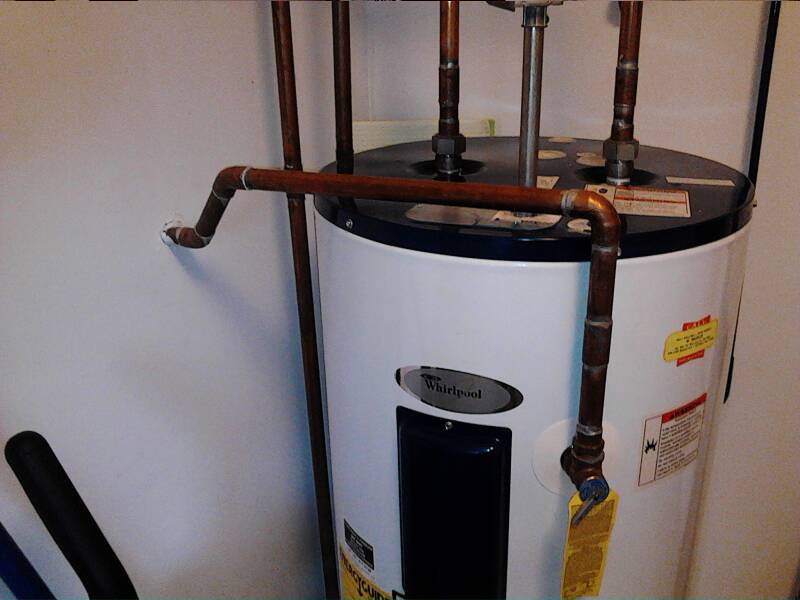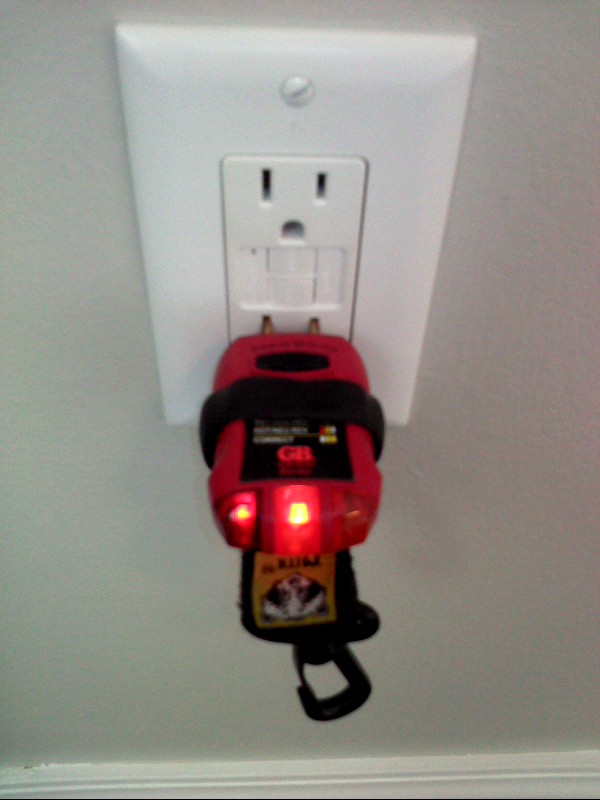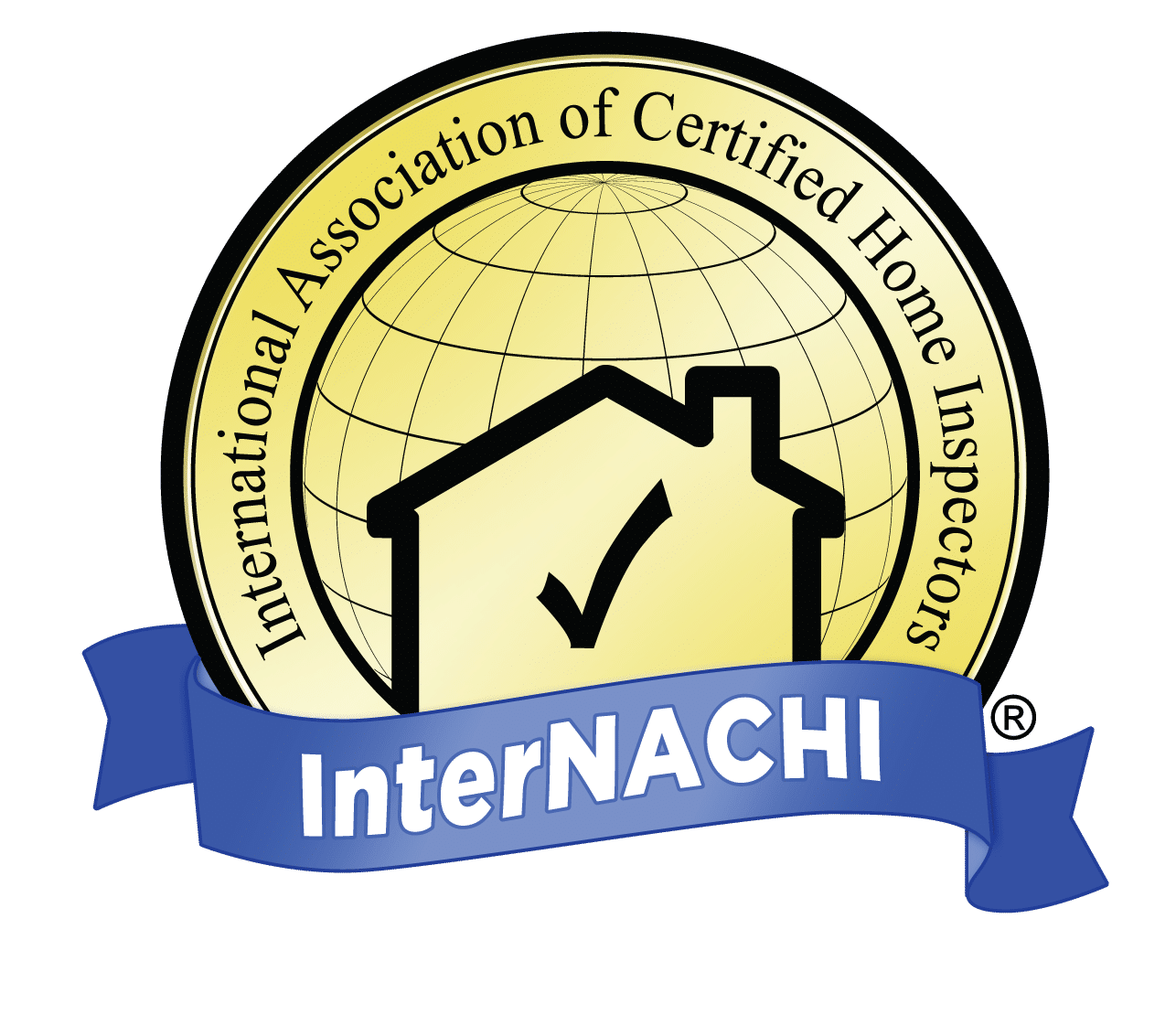EIFS is the acronym for Exterior Insulated Finishing System.
EIFS is a synthetic stucco applied over foam sheathing. This exterior wall finishing system is a non-load bearing finish that gives the exterior a stucco-like appearance. There are currently two types of EIFS systems in use; a barrier type and a water-managed version.
All barrier EIFS systems work on the same basic concept. It is that the finish itself is impermeable, forming a barrier between the weather and the structure of the home. Water-managed EIFS anticipates that some water will penetrate the surface. So this meathod incorporates a water management system including flashing, drainage channels and water durable substrates. The theory is that any water breaching the exterior finish will quickly exit from behind the siding.
Most EIFS clad homes in the U.S. are barrier systems.
Moisture intrusion problems on EIFS-clad homes and commercial buildings are becoming a growing concern within the building industry. One of the problems with this finish is that there is no tolerance factor built-in for poor workmanship or for failure of the flashing such as decayed, damaged, or missing caulking around windows or doors. This threatens the whole exterior without the moisture problem even being visible.
Problems were first noticed in late 1995 when building inspectors in Wilmington NC discovered moisture damage on hundreds of barrier EIFS-clad homes.
This type of exterior has serious problems. While water does not usually enter through the EIFS itself, it does enter through penetrations in the finish. The most common areas for water intrusion are around windows and doors, the areas between the EIFS and the roof, and areas where the EIFS has been penetrated to attach mail boxes, shutters, moldings, railings, vents, utility lines, pipes etc.
This type of finish should be thought of as a high maintenance exterior coating. Annual inspections should be carried out looking for any damaged areas as well as to determine if the caulking needs repair or replacement.
All joints should be caulked using Dow sealant #794/795.
When water gets into exterior walls it is usually not noticeable on the surface, and it is not easily detected without the combined use of infrared cameras and special moisture meters. Water or moisture that accumulates behind the surface and can cause damage to the framing, the sheathing, and in some cases the interior finish unless it is dealt with quickly.
In many cases by the time the moisture intrusion is noticed, damage has been done. The principal problem is not rotting framework but environmental concerns. Mold issues that can threaten the health of the occupants can be very difficult to deal with and eradicate.
NOTE: There have been numerous lawsuits filed against the builders and installers of these finishes. Class action law suits have also been lodged against all the manufacturers of EIFS systems.

